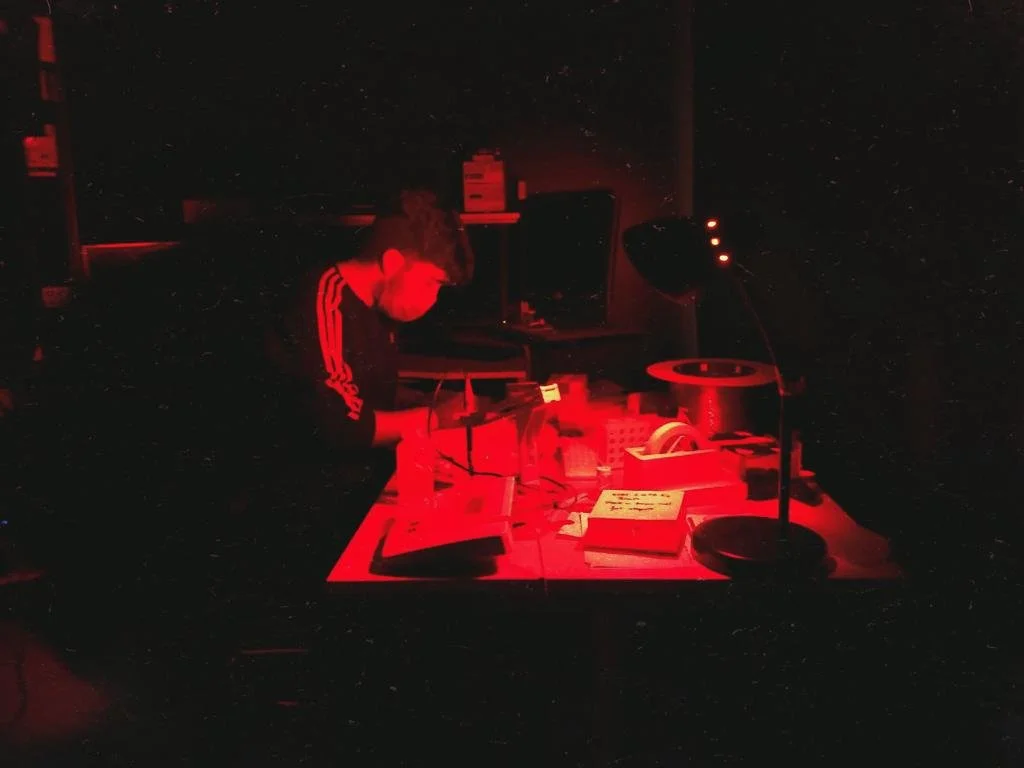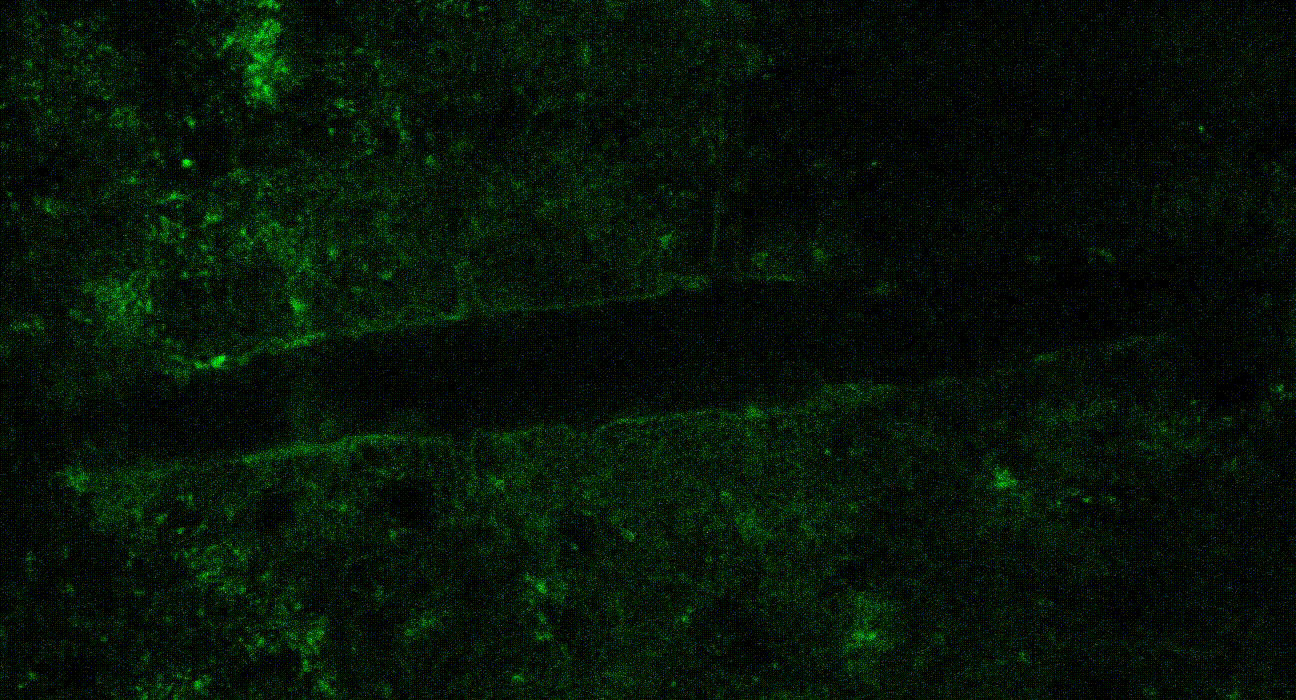research
My research has investigated the role of glia cells in the healthy and diseased brain.
Using live tissue microscopy and electrophysiological recordings, I have explored how astrocytes, microglia and neurons interact and communicate with each other in the mammalian brain, and how that communication can break down in conditions such as stroke, Parkinson’s and Alzheimer’s disease.
I completed my MSc. in Neuroscience in Professor Brian MacVicar’s Lab at The University of British Columbia.
For a full list of my research publications, please refer to my Google Scholar profile.
Spontaneous calcium sparks (green flashes) in a single astrocyte (green, centre) in the live brain tissue - image by me using two-photon microscopy and single-cell patch loading strategy with a calcium-sensitive dye in a brain slice.
Master’s Thesis
Contribution of Phospholipase C-Delta 4 to Calcium Signaling in Astrocytes
Lay Summary
The brain contains specialized cells called ‘astrocytes’. Astrocytes have multiple arbors that interact and integrate with blood vessels as well as other cells in the brain. One of the main ways that astrocytes communicate with each other is through calcium ions. Increases in calcium ion concentrations inside the cell, known as calcium events, help bring about many of the important functions that astrocytes perform, including regulating blood flow and brain activity. Calcium events have a range of sizes and some of them have been shown to travel and propagate intercelluarly within a network of astrocytes . We do not yet know how this is made possible. Here, I show that a specific protein, known as Phospholipase C delta 4, is the protein that regulates calcium events and enables calcium to travel and propagate across an astrocyte.
Spontaneous activity (green flashes) in an astrocyte network surrounding a blood vessel (black, middle) in live brain tissue - image by me using two-photon microscopy and genetically expressed calcium indicator, GCaMP6.


